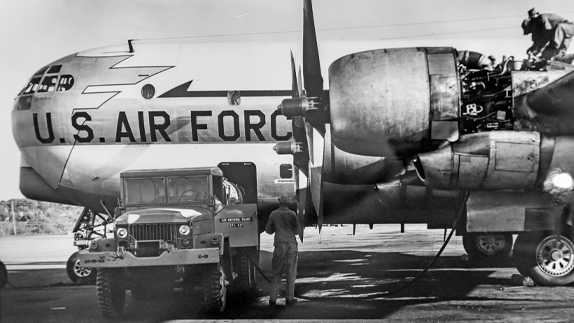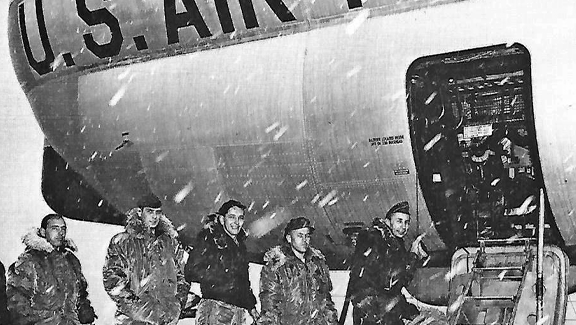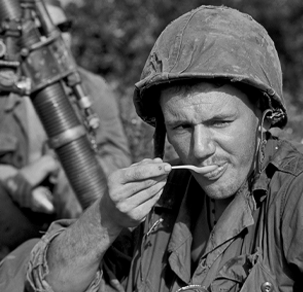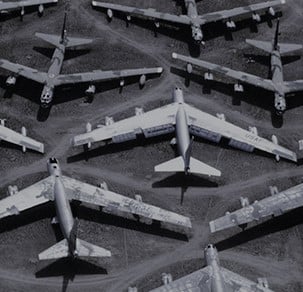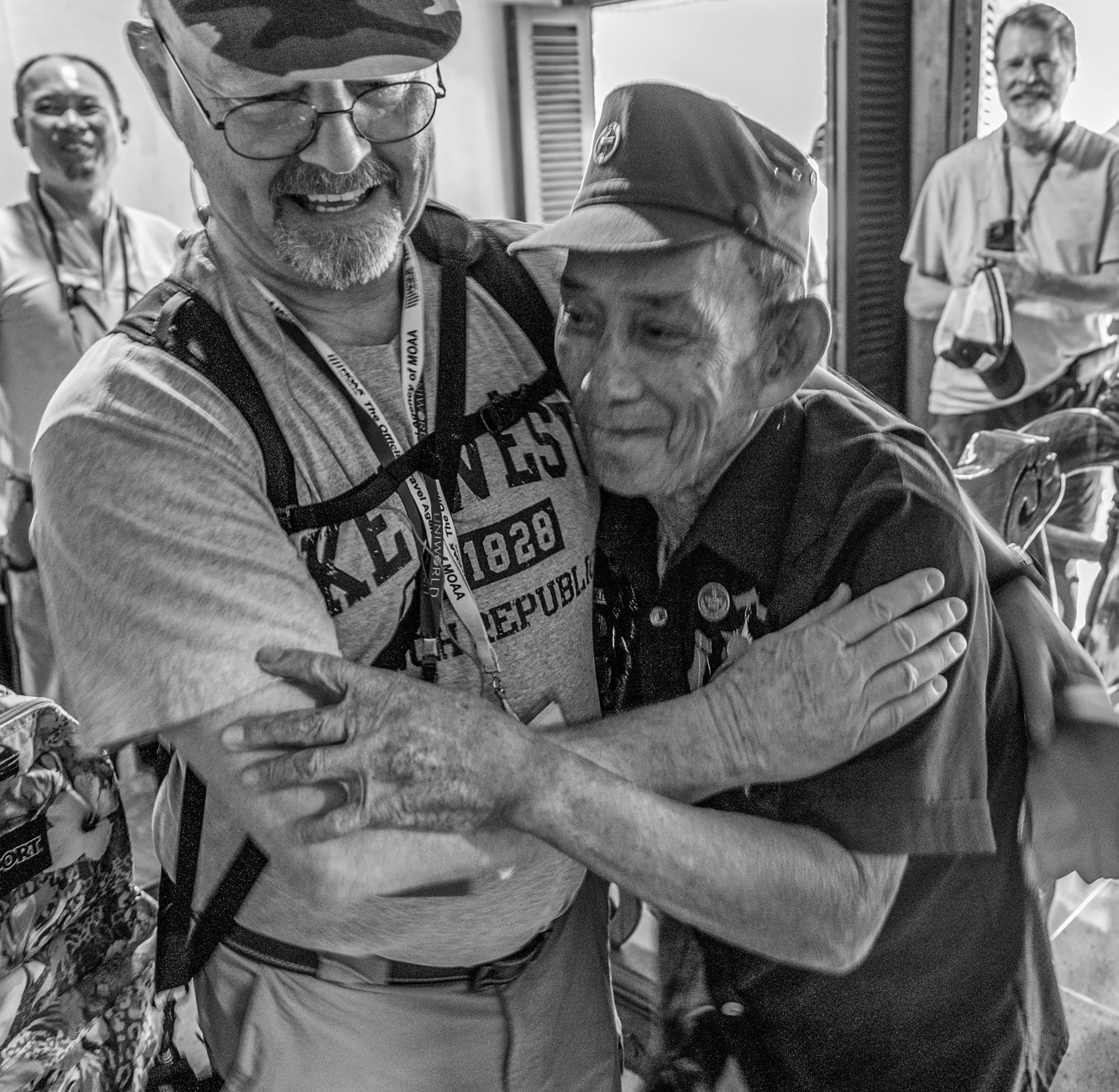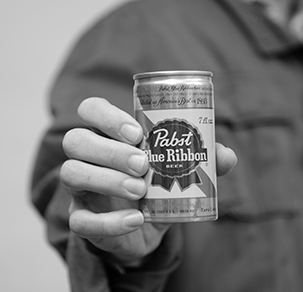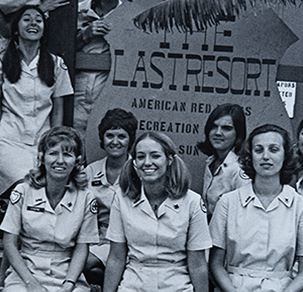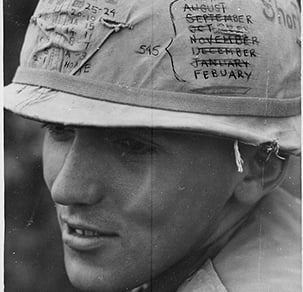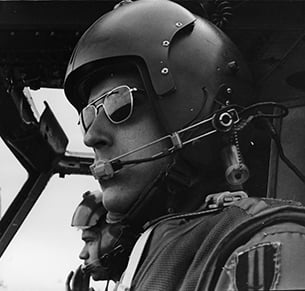When Santa Wore a Flight Suit
By Lt. Col. Patrick J. Chaisson, USA (Ret)
Deployed U.S. servicemembers are always held closely in the hearts of their loved ones back home. This is especially true during the holiday season. In 1965, thousands of ordinary Americans were determined to show the troops stationed in South Vietnam they were not forgotten at Christmastime.
These folks — including many people without a family member in the military — began preparing care packages as a gesture of support and gratitude. The gift boxes they put together typically contained such treats as baked goods, sweet treats, and personal comfort items. Each parcel, often addressed to “Any Soldier (or Marine) in Vietnam,” also contained a handwritten note.
"
There was just enough time to get a snack at the club ... before we had to depart for Japan.
Citizens from all across the U.S. took part in this spontaneous, loosely organized cause. Also joining in were corporations such as the Cott Beverage bottling plant in Scotia, N.Y., which donated pallets of canned soft drinks for servicemembers deployed to Southeast Asia.
The amount of holiday cheer collected that year totaled 761 tons. But then a new problem arose: How were all these gifts going to get across the Pacific Ocean in time for Christmas?
Many participants believed it was a job for DoD. After all, the packages were addressed to members of the armed forces serving in a combat zone. But senior military officials raised serious objections to this unplanned delivery mission.
If sent by ship, perishable goods like Grandma’s raisin roundies would probably spoil before they were unloaded at one of South Vietnam’s small, inefficient ports. This left air transportation as the only viable way to send mail from home. Yet Pentagon spokespeople claimed every available U.S. cargo airplane was already busy hauling high-priority materiel such as ammunition and repair parts.
The situation could have become an enormous public relations fiasco. While nobody was prepared to “bump” a planeload of urgently needed medical supplies for crates of cream soda, neither did anyone want to tell Mr. & Mrs. John Q. Citizen they couldn’t mail their son in Vietnam a box of homemade sugar cookies.
A Christmas miracle was needed. And while Santa Claus was very busy that season, some of his elves stepped up to make sure the troops got their holiday gifts. These elves, however, wore Air Force-issued flight suits.
The Air National Guard volunteered to take on the task of delivering Christmas presents to Southeast Asia. The Air Guard had a fleet of transport aircraft and highly skilled flight crews capable of making this 22,000-mile round-trip journey; it just required the Pentagon’s permission.
That permission was granted but came with some strings attached. Air National Guard flight crews had to volunteer for these so-called “training missions,” which meant they couldn’t be mobilized (but did receive pay for their service). Furthermore, airmen were allowed only four hours on the ground in South Vietnam — enough time to unload, refuel their airplane, load outbound cargo, and depart.
Operation Christmas Star began Nov. 20, 1965, when a Boeing C-97 Stratofreighter aircraft from Tennessee’s 164th Air Transport Group (ATG) left Nashville for Vietnam filled with 4,500 pounds of holiday treats and mail. A total of 77 Air National Guard transport planes would follow over the next five weeks.
States participating in Christmas Star included Arizona, California, Delaware, Georgia, Maine, Minnesota, Missouri, New Hampshire, New Jersey, New York, North Carolina, Oklahoma, Pennsylvania, and Tennessee. In total, Air Guard flight crews hauled 406 tons of goodies for the troops in South Vietnam that year.
Retired C-97 command pilot Col. Jack Meachem, who served with the New York Air National Guard’s 109th ATG, remembers Christmas Star vividly.
“Our route started in upstate New York,” he said, “and we flew to Travis AFB in California the first day. On day two, we went on to Hickam AFB, Hawaii. Then on the third day, we [flew] to a flyspeck of an island called Kwajalein.”
Next, Meachem’s Stratofreighter stopped overnight at Clark Air Base in the Philippines before making one final hop into Da Nang, South Vietnam, on day five.
“There was just enough time to get a snack at the club,” Meachem recalled, “before we had to depart for Japan.”
He said their return route took them through Tokyo’s Tachikawa Air Base and Wake Island, then on to Hickam and Travis before arriving back home at the 109th ATG’s base in Schenectady, N.Y. — 11 days after they started out.
Operation Christmas Star succeeded brilliantly. The generosity of Americans back home, assisted by Air National Guard aircrew members like Meachem, helped make the 1965 holiday season a less lonely one for many of the 200,000 U.S. servicemembers stationed in far-off South Vietnam.
